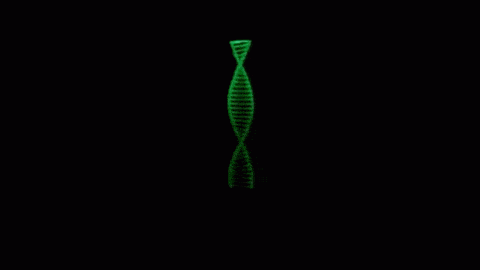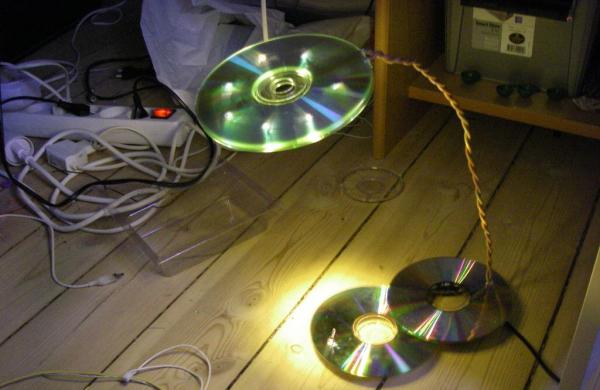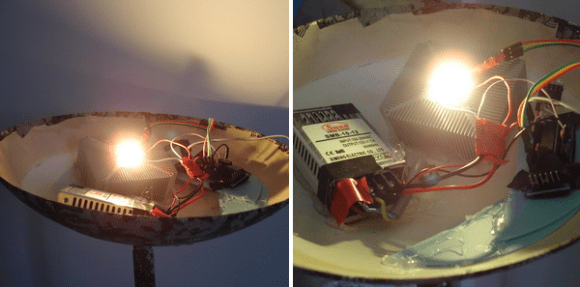Lava lamps had their time, but that time is over. Perhaps a spinning, glowing, DNA helix style lamp will take their place?
Inspired by the ever mesmerizing DNA helix, a member of the eLab hackerspace decided to try making it into a lamp. It’s almost entirely 3D printed, with the helix made out of glow in the dark filament. A series of UV LEDs fade in and out as a small geared motor from a microwave turntable spin the helix round and around.
[João Duarte] designed the assembly using TinkerCAD and has shared all the files on the Instructable in case you want to make one yourself. It is a lot of printing though, so you might want to recruit your own hackerspace’s 3D printer to do some of the work. He ended up using his own Prusa i3 as well as the LulzBot TAZ4 from the space to speed things up.















